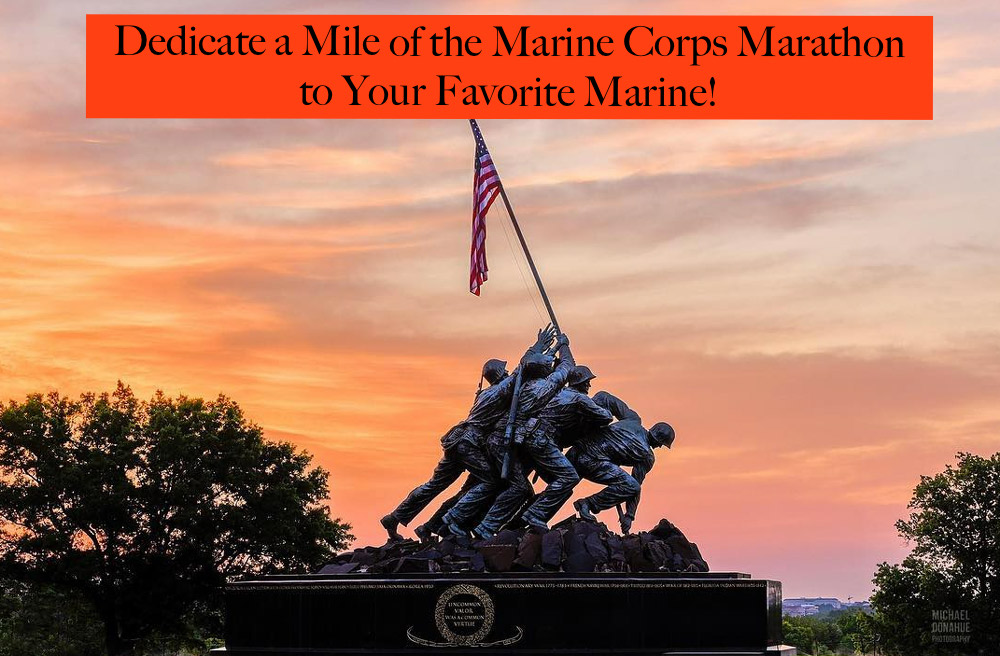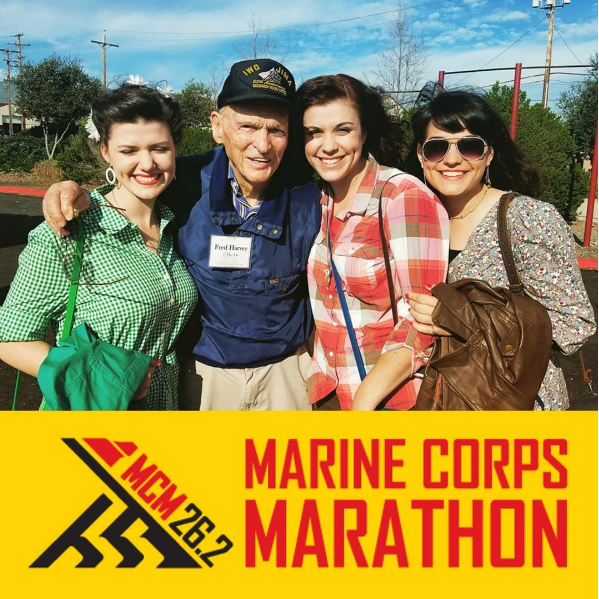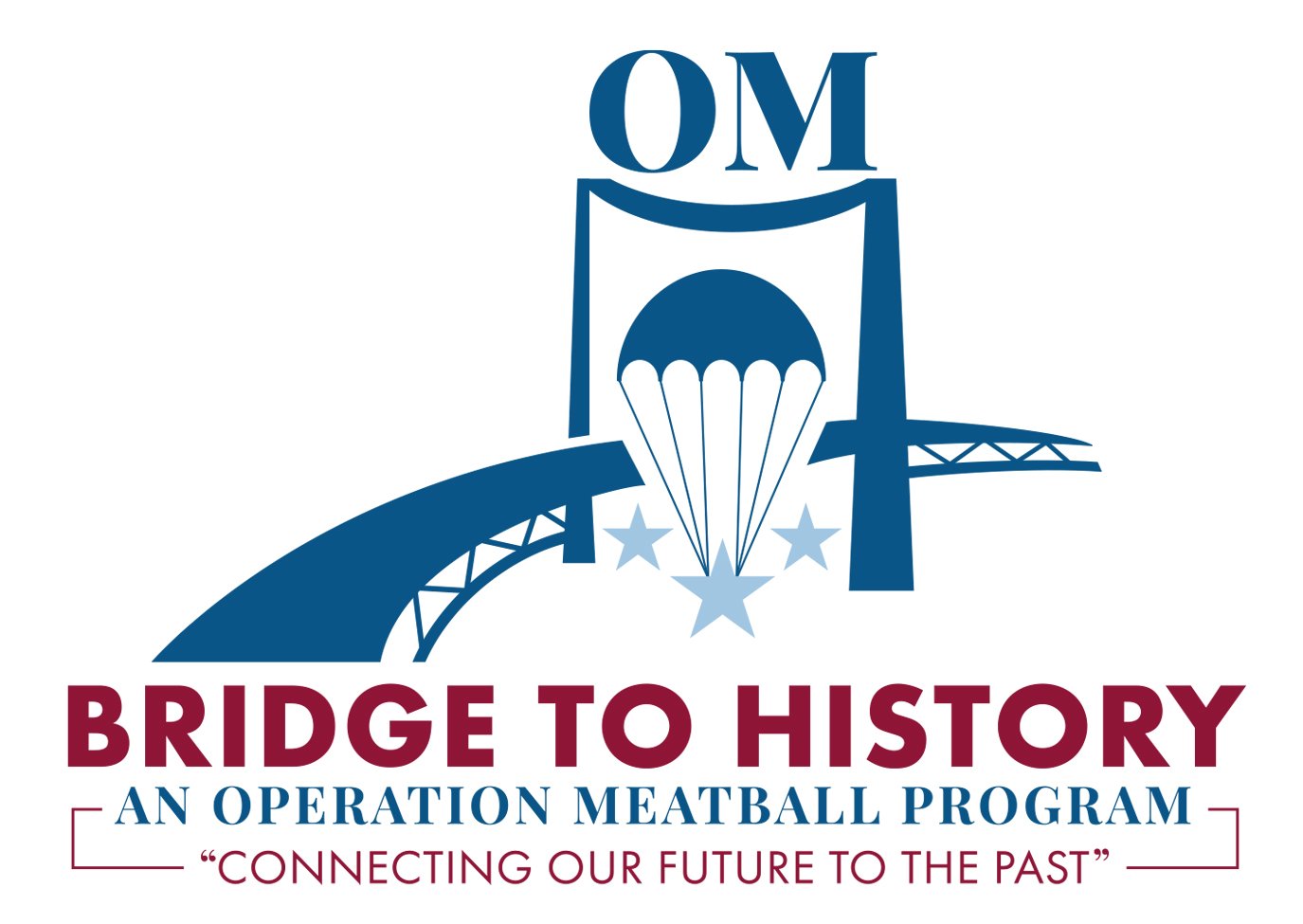Remembering a Statistic: The Crew of the B-24, "The Lady in the Dark"
/https://449th.com/willding-crew/
Remembering that tonight, 73 years ago, the B-24 Bomber "The Lady in the Dark," was hit by flak, causing her to crash during a bombing mission over the Brenner Pass in Italy. With one exception, (Frank Visciglia, killed while attempting to bail), all crew members survived the crash. 3 were taken prisoner by the Germans, and the rest arrived safely behind American lines.
A few months ago we had the honor and pleasure of meeting one of the survivors of this crash, Radio Operator, Bud Rosch, at the annual 449th Bomb Group Reunion. His fabulous personality captivated us, and his singing stole our hearts. When I realized that tonight, December 28, was the anniversary of his plane's crash, out of curiosity I started reading the after-action reports written by his crew members (https://449th.com/willding-crew/). It was remarkable. The 449th Bomb Group lost an awful lot of bombers in Italy during the war. There are plenty of statistics which will tell you that. But there is something about reading the reports and then putting a face to it which immediately takes a statistic and makes it personal.
I can't say if Bud Rosch always remembers December 28 as the day the, "The Lady in the Dark" went down. But I do know he will always remember his crew. Guys like Wilding, Tuttle, Stringham, and Visciglia, living, breathing men who he served with so bravely during the war.
For us, it's certainly worth marking the day on the calendar. Not for the date's sake, but for the sake of guys like Frank Visciglia who became a statistic when he didn't make it back. Remember him, Bud Rosch, and the rest of the crew of "The Lady in the Dark," and at least to us, they will never become statistics.
Example of a B-24 Bomber in WWII. "Twinkletoes," from the 716TH Squadron, 449th Bomb Group. (Courtesy https://449th.com/collins-crew/)
















































































